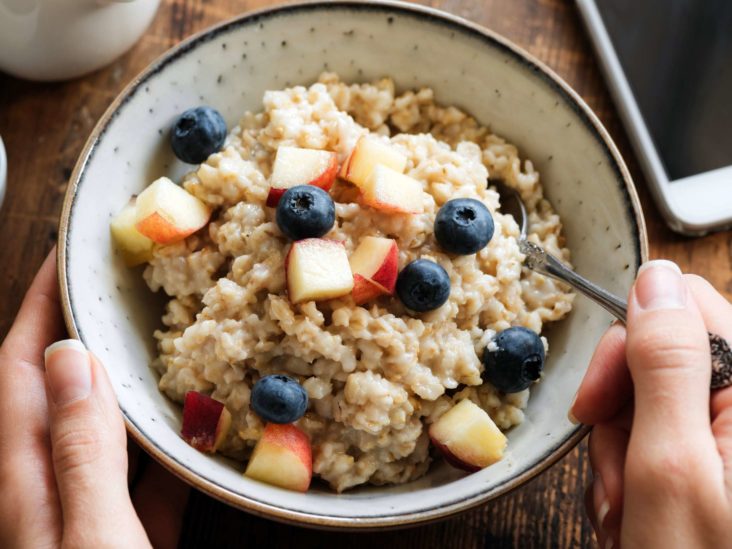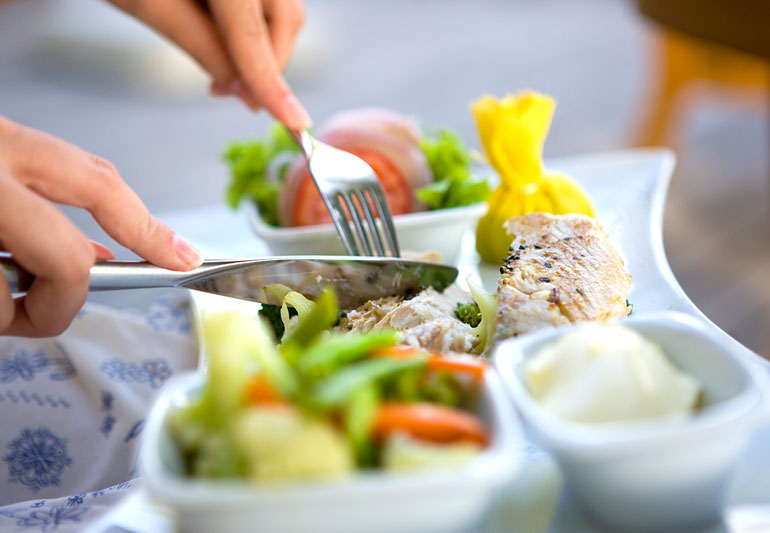
The ancient Chinese, Romans, and Indians were the first to create salt using this method. In the early fifth century BC, the Buddha taught the world to collect and store salt. The Romans used ceramic containers called "briquetage" to collect the brine. The concentrated salt was then scraped and washed away by workers. The brine was then placed in shallow pans. They were then set on clay pillars over a peat fire. The workers then sold the dried and powdered salt to the New World colonists. Slave workers were brought from Africa to work on salt rakes on different islands in the West Indies.
While most people know about table salt, not everybody knows how sea Salt is made. Table salt's main ingredient is sodium chloride. However, sea salt contains other minerals like magnesium, iron and calcium. These minerals are present in trace amounts in sea sal, and they are also included in salt crystals. This mineral should be used in moderation. However, adding a little bit to your food will increase the nutritional value and minerals.

Sea salt is the most widely used salt. It originates from warm climates and is harvested by flooding man-made pools with salt water and waiting for it to evaporate. Crystals will be left behind by the water that evaporates from the man-made swimming pool. These manmade pools are called "salt work". The process for harvesting salt requires several billions years. There are many ways to harvest salt.
The production of sea salt is complex. The first step involves the extraction of seawater. The process involves evaporating the water from the ocean. The water is allowed to remain in the water to dry and become concentrated. The sea salt can then be sold once it is dried. The final product is then labeled with the unrefined and refined labels. The unrefined salt may appear grey or have trace minerals or marine bacteria, which contributes to its complex flavor.
The process of harvesting sea salt is very simple. Salt crystals are formed at the bottom of water and are almost dry. To remove impurities, you can pour off water and scrape off the salt's top layer. This is an excellent way to collect sea salt. It's very inexpensive and readily available. It is widely available in many nations. The salt can be used by humans once it is harvested. Its use is endless.

The process of extracting sea salt is the same as extracting river salt. Each salt extraction process is different. Some sea salts are taken from seawater, while some are extracted from the ground. In the latter case, the extraction of the salt is done using chemicals. To get the iodine, the minerals are removed from the sea. Salt is also processed to get rid of minerals that make it edible.
FAQ
What ingredients do I need to purchase to cook?
You don't need to buy every ingredient. Premade sauces can be found in most grocery stores. However, if you want to save money, then buying pre-made meals can be helpful.
Can I cook with my family?
Yes! Yes, kids love to help in kitchen. It's a fun activity that teaches them responsibility and teamwork. You can have your children help you with everything, from washing vegetables to cutting onions. Children will love helping to cook if they are taught safe knife handling techniques.
Are there any free online cooking classes?
Numerous websites offer free cooking lessons. You can search YouTube for videos that teach you how to prepare different meals. You may have access to thousands upon thousands of recipes on some websites. The sites typically charge a monthly fee but you can test them for free for a period of 30 days.
How can I be motivated to cook?
Sharing meals with family and friends is the best part of cooking. However, cooking for yourself is much easier than cooking for others. Make something new to get motivated to cook. This will help you learn about new techniques and ingredients. Additionally, you can learn about new ingredients and techniques by incorporating recipes from different cultures into your cooking.
How can I cook like a professional?
Cooking can be a great way for you to grow as a person. Cooking healthy meals for your family and friends is a great way of increasing self-confidence and learning new skills. You can learn to cook at home if your goal is to become a good cook. First, find out which recipes appeal to you. Read books about various foods such as Chinese, Mexican, and Italian. Finally, make sure you practice different recipes until you feel confident.
What are the health benefits of slow cooking?
Slow cookers allow you to make delicious meals with minimal effort. Slow cooker recipes are more healthy than traditional dishes because they use less oil. In addition, slow cooker recipes are convenient because they take care of themselves while you sleep.
What is the average time it takes to learn how to cook? What time do you need to learn how to cook?
It all depends on what level of skill you have. Some people are able to learn basic cooking skills in a matter of days. Others may take months or years to master the basics of cooking.
The person who is learning to cook can vary in the amount of time they need. Someone who has never been to the kitchen before might need more time than someone who does it regularly. Different types of cooking require different amounts of experience. For instance, baking requires more knowledge than frying.
A specific technique will help you cook faster. Once you've mastered that technique, move on to another one. It doesn't matter how long it takes to master a particular technique. Enjoy the process and keep practicing.
Statistics
- In the United States, the category is estimated at $23.2 billion annually and is growing faster than the market. (washingtonpost.com)
- under 10 Kids have been taught that there is special food just for them, and Fiese says that 10 percent of kids will throw a tantrum if they don't get the food they want. (washingtonpost.com)
- You'll be amazed that over 90% of CIA students receive scholarships and grants to finish their culinary studies. (ischoolconnect.com)
External Links
How To
How to make a perfect eggroll
Omelets have always been a favourite food to eat for breakfast. But how do you create them perfectly? Many different recipes and methods have failed to work for me. So I wanted to share some tips and tricks so that you can make delicious, fluffy omelets every morn.
Before we start making omelets, let's remember that eggs are temperamental. It is important that eggs are fresh from an organic market and kept cool until used. They must be kept cool, otherwise the whites will not form properly and the yolks may become runny. This will make your omelets appear strangely colored. If you intend to cook your eggs immediately, it's best to use room-temperature egg.
You can also separate the egg before you add it to the pan. You don't want the white to get mixed with the yolk, as this could cause the egg to curdle.
You might burn the bottom of the egg if you place the egg directly on the stovetop. This could ruin the texture of your omelet. Instead, microwave the egg for 10 seconds before adding it to the pan. The microwave heat cooks your egg just right, without it becoming too soft.
Next, let’s talk about mixing the egg. When you mix eggs together, you want to beat them well. You need to turn the bowl of the mixer upside down. Then, vigorously shake the bowl. This will whip the air around the bowl and mix the egg well.
The fun part begins - you need to pour the milk into your mixture. First, pour half of the milk into the beaten eggs and then fold the eggs gently into the remaining milk. You don't need to worry if streaks remain. They will disappear once you flip your omelet.
After folding the eggs fold the pan onto medium heat. When the oil starts to hot, wait for the pan to cook. Add 1/4 cup butter to the oil and swirl it around to coat all sides of the pan. The lid should be carefully opened. Sprinkle salt in the pan. Salt will prevent the omelet sticking to the pan.
Cover the pan once the omelet is formed and allow it to cool completely. Flip the omelet with a spatula, or flip it upside down. Cook the second side for a minute or so. Serve the omelet immediately by removing it from the pan.
This recipe is best made with whole milk. However, it can also be used with skimmed milk.